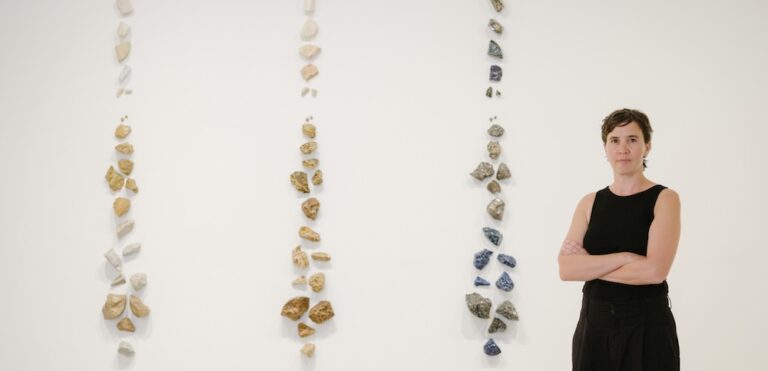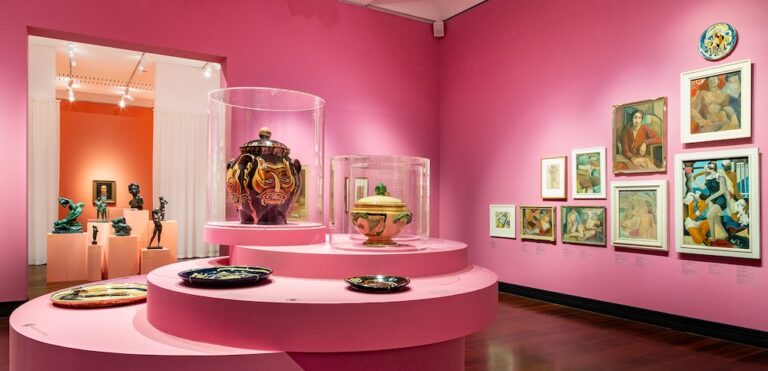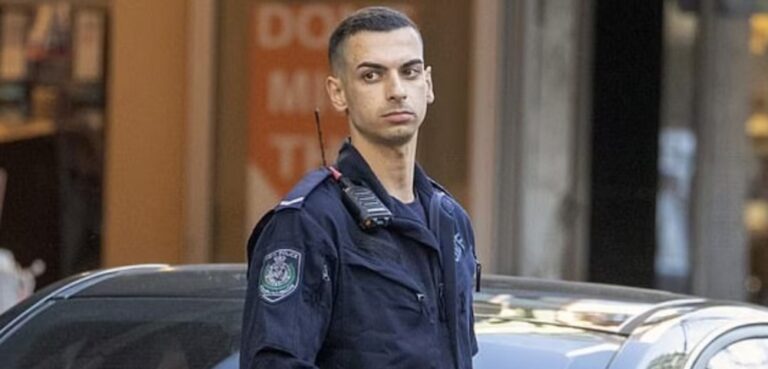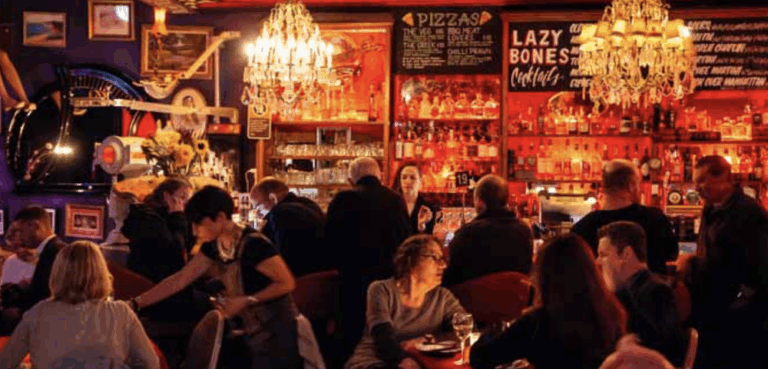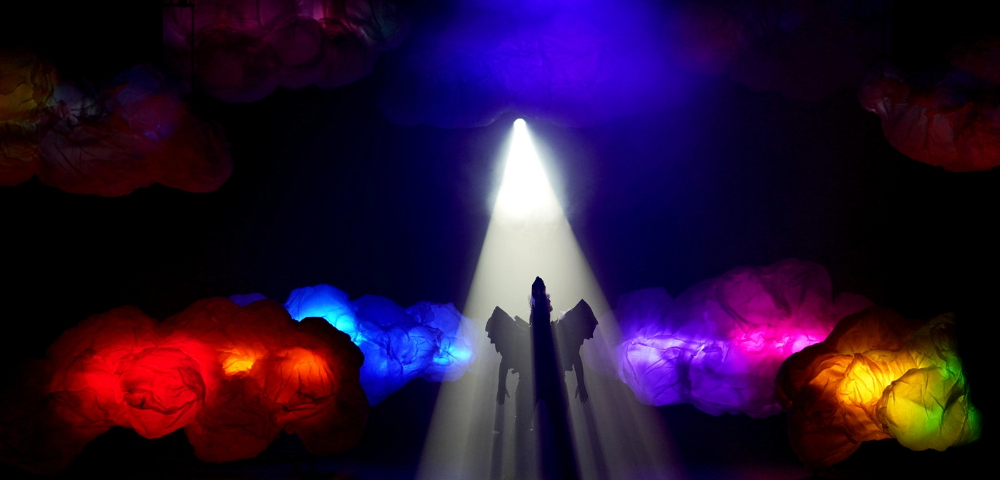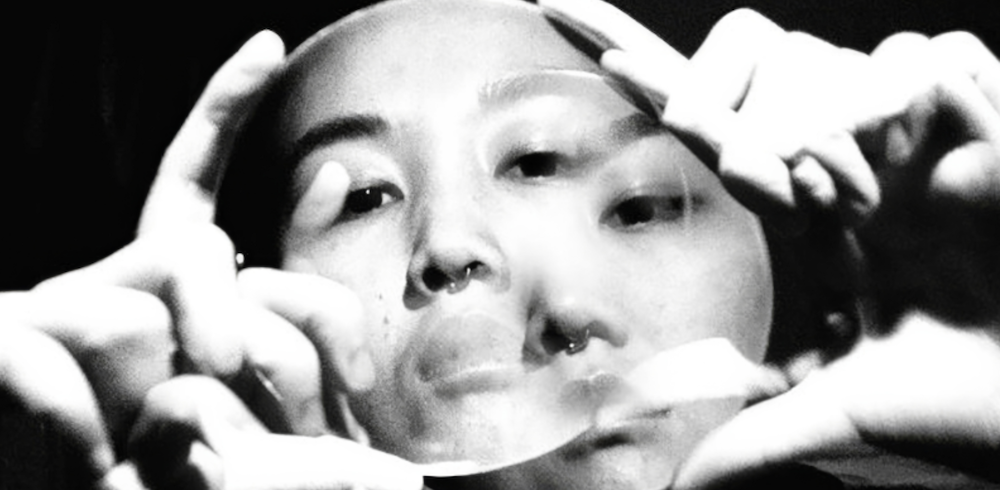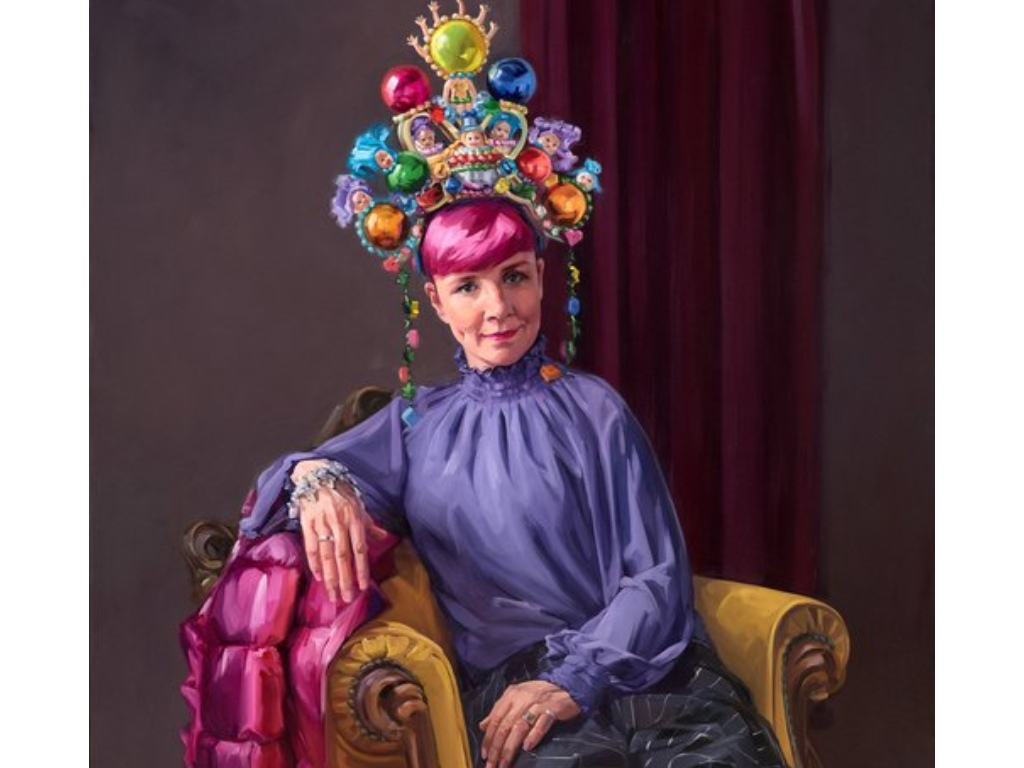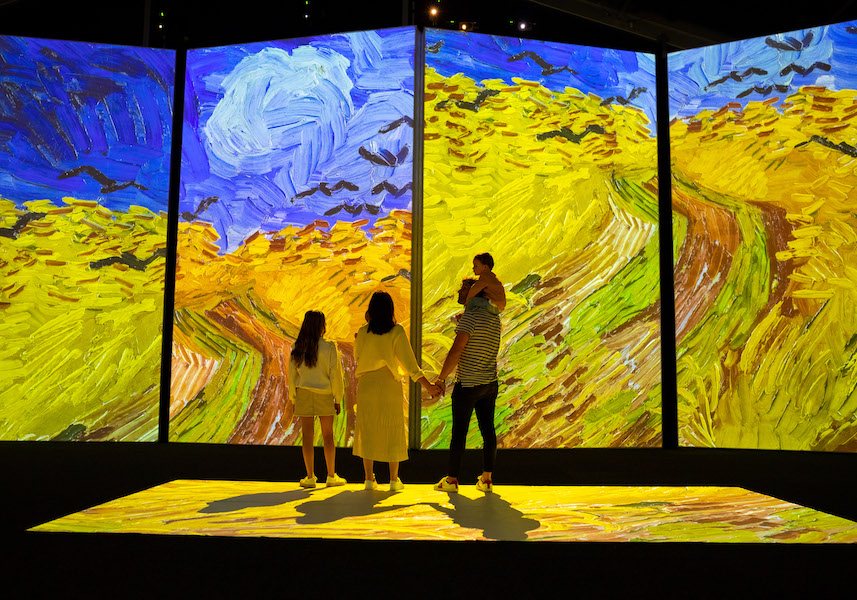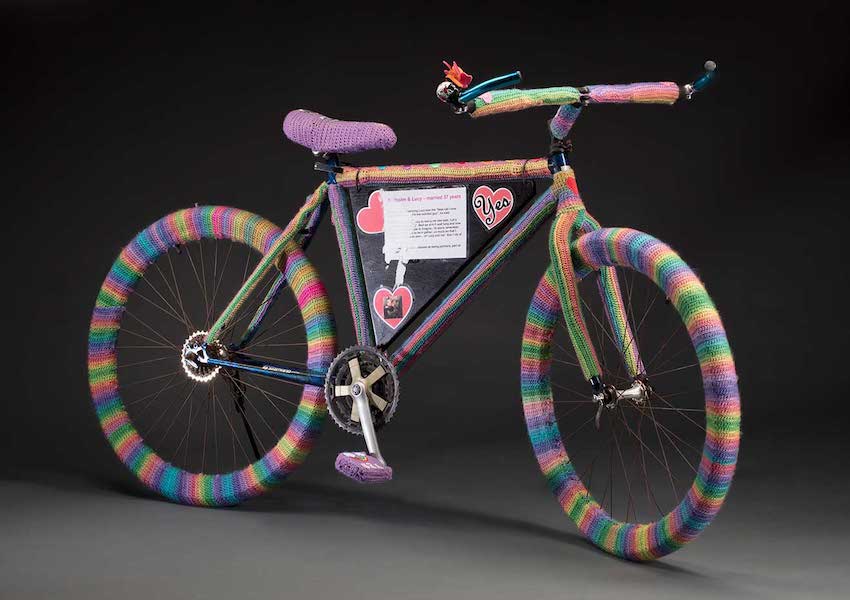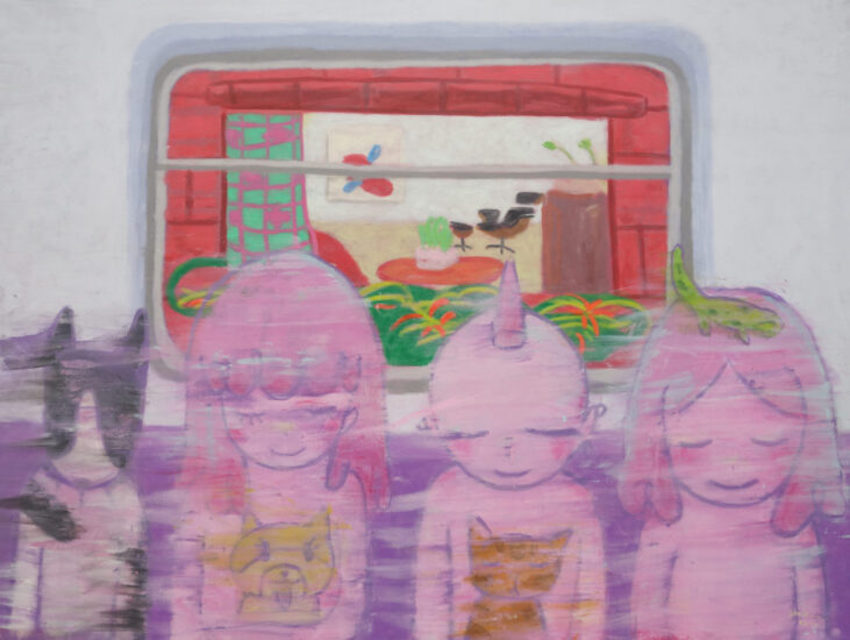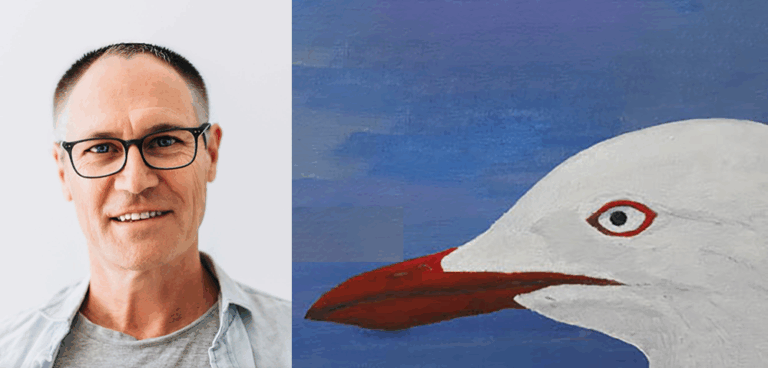
EXHIBITION: ROBYN BEECHE LONDON CALLING
Her lens defined the look of the 1980s – all, “White face and no eyebrows … really treating the face as a canvas.” Sydney-born photographer Robyn Beeche first picked up a camera in Grant Mudford’s Paddington studio, documenting rundown areas and people on the street.
She then dove headfirst into to the heady fashion scene of London in the mid 1970s. “I had my heart set on working for Harry Peccinotti,” – one of the first photographers to put a black model on the front cover, to expand fashion shoots beyond the brand into art – “So I went and knocked on his door in 1974 and he said, yes you can work for me!” It’s hard to imagine that happening today. “It was hard back then because there were hardly any women in photography,” says Beeche, “I’d turn up to business shoots and they’d say, Oh! You’re a woman! Would you like me to strip off and hang from the chandelier? You know that kind of ridiculousness.”
Her first major shoot was for iconic fashion and textile designer Zandra Rhodes. Each show she would put out a limited edition lithograph, and Beeche was charged with the job. “That was pretty terrifying, because I had to get it right!” She put two Australian models in Zandra’s lingerie and so began a connection with the designer that was to extend up until Beeche’s move to India in 1992. Other celebrity collaborators included makeup artists Richard Sharah and Phyllis Cohen, jeweller Andrew Logan, and personalities Vivienne Westwood and Leigh Bowery. “In the 80s the freedom was there, and we could do anything we wanted,” says Beeche.
Her vision – and fame – was cemented in 1984 with the monochromatic double exposure shot of a heavily made-up face that can now be seen on the cover of her book, Visage to Vraj. “That picture made me flavour of the month,” laughs Beeche – leading to work with Revlon and Max Factor. “We [the makeup artist and Beeche] would have meetings and say, let’s go to Max Factor and say this is what you should do!” It’s a collaborative, free-spirited approach that she believes is lacking today’s photography, which is heavily dependent on Photoshop and retouching. “We had to rely on ourselves to get the quality we wanted. In those days for instance I would use a piece of glass between the camera and the model in order to get another layer, to create an illusion.” Shoots would be longer – up to 20 hours – but end result would stand the test of time. Says Beeche, “The fact I can put them on the wall now and they are still resonating with people … they are timeless.”
Robyn Beeche: London Calling held as part of the Paddington Alive and Rosemount Sydney Fashion Festivals, July 23-Aug 28, Australian Centre of Photography, 257 Oxford St, Paddington, 9332 1455, acp.org.au

